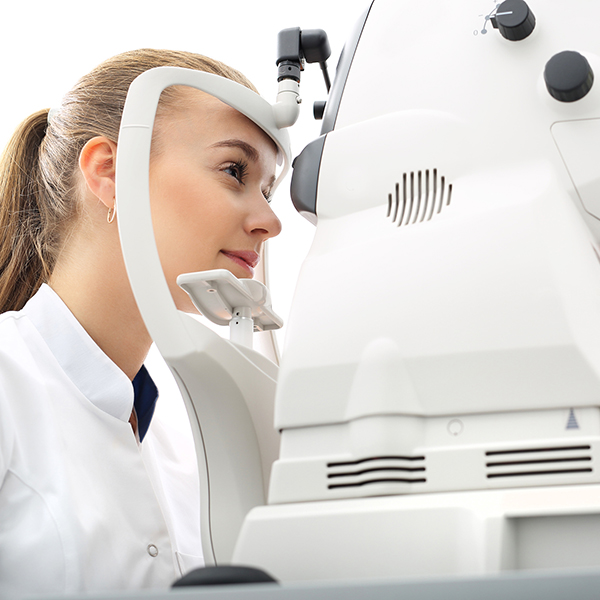Low Vision Independence Measure
 We use the Low Vision Independence Measure (LVIM) assessment into patient rehabilitation programs to ensure the highest level of care is given. The purpose of LVIM is to measure the amount of difficulty a patient, diagnosed with low vision, has in completing vision-dependent activities for daily living (ADLs) and instrumental activities for daily living (IADLs).
We use the Low Vision Independence Measure (LVIM) assessment into patient rehabilitation programs to ensure the highest level of care is given. The purpose of LVIM is to measure the amount of difficulty a patient, diagnosed with low vision, has in completing vision-dependent activities for daily living (ADLs) and instrumental activities for daily living (IADLs).
What is low vision?
Low vision is a visual impairment, not correctable by standard glasses, contact lenses, medicine, or surgery, that interferes with a person's ability to perform everyday activities.
What causes low vision?
Low vision can result from a variety of diseases and injuries that affect the eye. Many people with low vision have age-related macular degeneration, cataract, glaucoma, or diabetic retinopathy. Age-related macular degeneration accounts for almost 45% of all cases of low vision.
How does low vision affect people’s lives?
People with low vision experience physical, economic, and psychological changes that diminish their quality of life. Without assistance and training, patients may have difficulty using low vision devices and completing necessary daily living tasks such as:
- Grooming
- Meal preparation
- Financial management
- Home maintenance
- Shopping
- Reading
- Community and leisure activities
Low vision rehabilitation
Occupational therapists help people with low vision impairment that have a loss of ability to perform necessary activities of daily living in the following ways:
- Teach people to use their remaining vision as best as possible to complete activities
- Help modify activities so that they can be completed even with reduced vision
- Train people in the use of adaptive equipment to compensate for vision loss
- Create a safe home environment to prevent falls and injuries
Occupational therapists work closely with the eye doctor. The eye doctor may prescribe optical aids and the occupational therapist teaches the patient how to use these aids in various activities of daily living. Occupational therapists also help determine if any other factors may interfere with the use of equipment, including arthritic joints, upper and lower extremity weakness, and lack of endurance.
